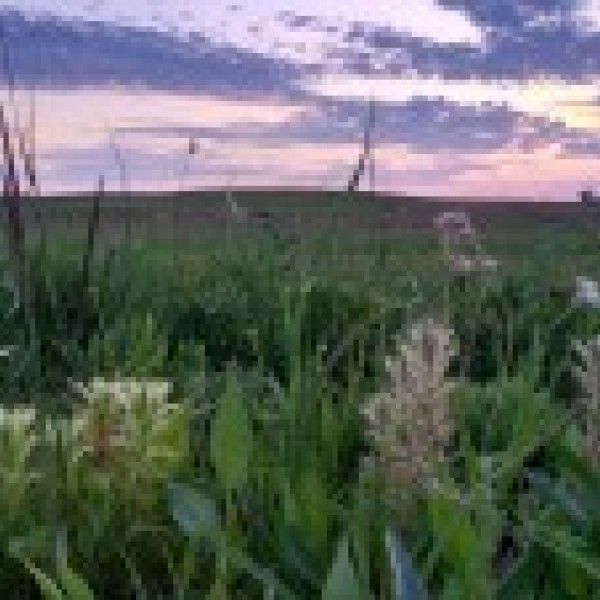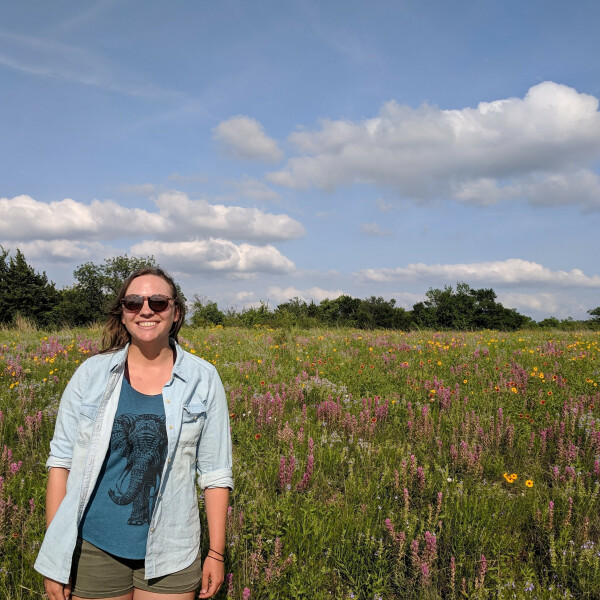
Paintbrushes and Pollinators: Investigating species relationships and possible pollinator shifts in Castilleja 2018
Lab (CBG), field (Illinois, Wisconsin, Minnesota)
Ecology, Genetics, Plant Systematics & Florisitic, Reproductive Biology
The wide diversity in the traits and forms of flowers found in flowering plants has long fascinated biologists, and understanding how and why flowers evolve remains important for understanding biodiversity and evolution. In animal-pollinated plants, closely related species are often distinguished based on differences in floral traits, especially if such differences may reflect shifts in major pollinators among plant species. In the genus Castilleja, the paintbrushes, differences in floral color and shape appear to distinguish several groups thought to be closely related: the Castilleja purpurea complex, comprising three species with either purple, yellow, or orange flowers, and Castilleja sessiliflora, a paintbrush with mostly white or pale pink flowers that are long and narrow-- an unusual feature in the genus. These unique flowers of C. sessiliflora may represent an adaptation to pollination by long-tongued hawk moths, which we have observed in this species but hasn’t previously been reported in the genus. My research is focused on examining the differences in floral traits among the C. purpurea species complex and C. sessiliflora, and investigating whether these differences may reflect differences in major pollinators and in the genetic structure of their populations.
My REU student will assist me with this larger project by examining the relationships among these focal Castilleja species. He/she will sequence regions of the genomes of these species to assess how the species of the C. purpurea complex (C. purpurea, C. citrina, and C. lindheimeri) are related to each other, to C. sessiliflora, and to other Castilleja species. The REU student may also assist me in the field, performing pollinator observations, measuring floral traits, and potentially light- and pan-trapping for pollinators in Illinois, Wisconsin, and Minnesota. Other opportunities for field and lab work may also be available; aspects of this project may be flexible and can be adjusted according to the student’s interests.



